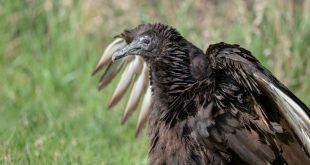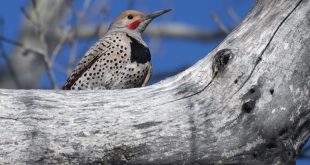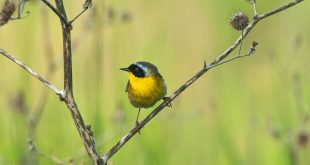
One of the pleasures of experiencing the outdoors is making observations and learning something about the world. The great thing about birds, birding, and bird study is that there is no end to learning. Occasionally observations from the past are lost in one’s mind to the point where they are essentially forgotten. In other words, I am getting older and recently I had a refresher course in Long-billed Curlew courtship behavior.
Over the past ten days I’ve been roaming the Sandhills and northwestern Nebraska. I observed numerous Long-billed Curlews during that time. Curlews are one of my favorite birds and I am not alone. Arthur Cleveland Bent gives the Long-billed Curlew the following introduction in his Life Histories of North American Shore Birds.
“One can not see this magnificent bird for the first time without experiencing a thrill of enthusiasm for the largest, one of the most interesting and notable of our shore birds, one that seems to embody more than any other the wild, roving spirit of the vast open prairies.”
Well said. Long-billed Curlews return to Nebraska’s vast open prairies in late March and early April to breed. In April they are most visible as birds set-up territories and court. I have observed curlews on many occasions and I am familiar with their aerial and courtship displays. However, during my latest foray I observed a courtship behavior that I had not observed for some time . Furthermore, previous observation of this behavior were not quite as intense as what I observed this time around. On two occasions I observed a male Long-billed Curlew standing immediately behind the female. The male curlews were shaking their heads and appeared to be stroking the back of the female. Rather than try to explain, it will be easier to show. Fortunately, I had my camera along and took some (admittedly mediocre) video.
This first video was in the Sandhills in Sheridan County. The video, below, was captured in southern Dawes County.
The male did not do this for a moment to two, but the one male’s behavior lasted about five minutes and the other about fifteen minutes! Ultimately, the male attempted to mount and copulate with the female. The males’ advances were ultimately rebuffed by both females. The literature (see Dugger and Dugger 2002) describes this behavior and refers to it as pre-copulatory “shaking”. Some very nice still photos of this behavior can also be found here.

Refresher courses like this one are reminders that there is a lot to observe and experience out there in the great big world that is Nebraska.
 Nebraskaland Magazine
Nebraskaland Magazine




